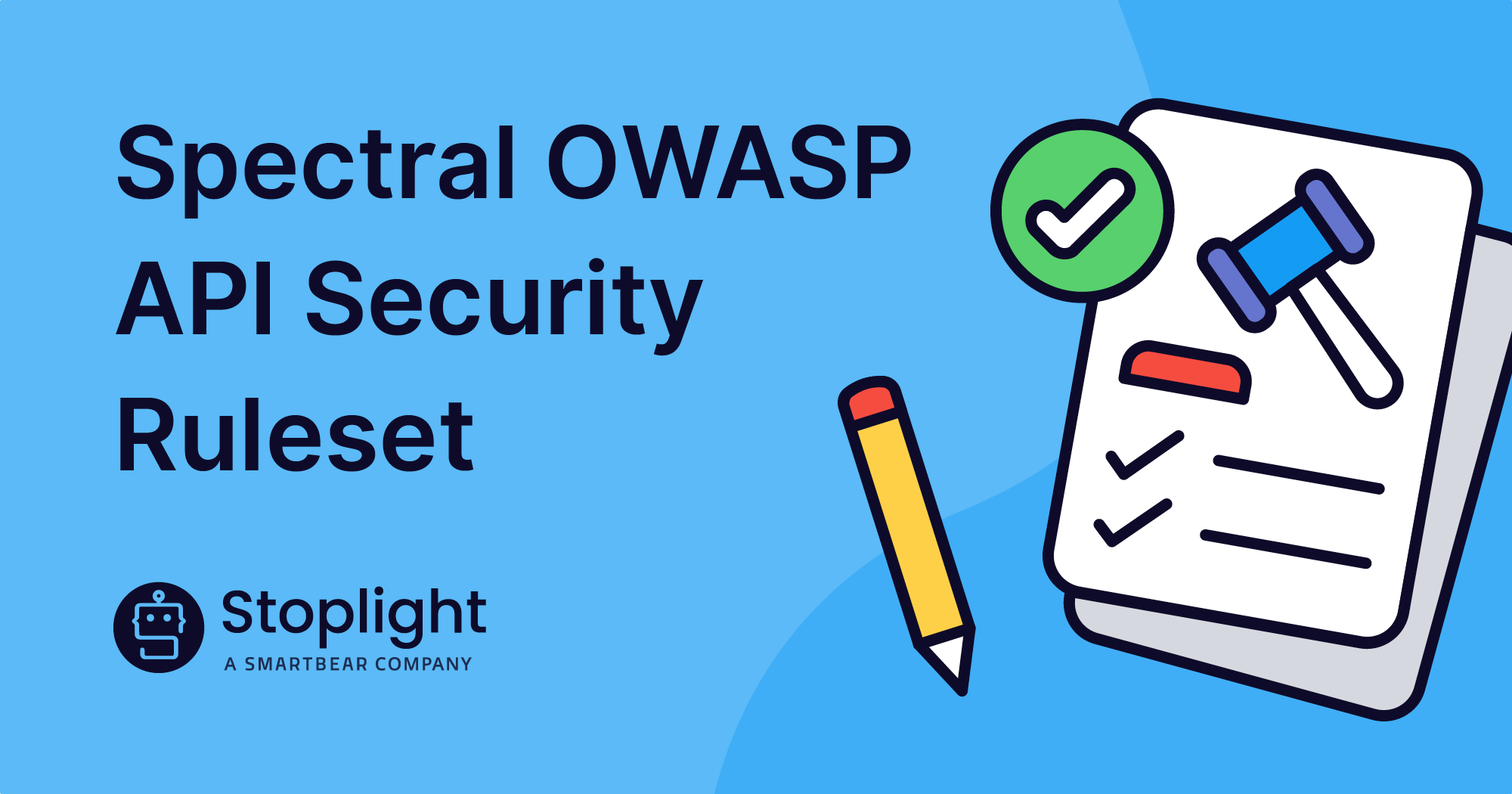Application Programming Interfaces (APIs) are like the LEGO building blocks of the digital world. And they are on an increasingly fast evolutionary path toward simplification, power, sustainability, and flexibility too.
Akin to the way we can take the very same set of LEGO blocks and use them in distinct ways, from building a car to creating a space station, we can apply APIs in a myriad of different trajectories too – it just depends on how you put them together!
Indeed APIs are now mainstream; there is an API for almost any service, from finance to ESG investing, to communications, travel, and logistics—this list just goes on. With APIs moving from invisible to visible, reshaping value chains across the world and across sectors too, we are really now limited only by our imaginations on how to apply them!

APIs – The Growth Story
Today over 40% of large organizations have 250+ APIs, with enterprises increasingly dependent on harnessing APIs as part of their interlinked data, offerings, growth, and ultimately revenue strategies. This has been catalyzed by the pandemic’s accelerated move to digital business and the convergence of IoT and IIoT, where we are seeing software embedded almost everywhere. And with both consumer and employee behaviors evolving and experience expectations heightened, this is an acceleration absolutely set to continue.
Data-driven organizational agility has become critical and in a recent survey of 13,000 developers, almost one-third identified that APIs played a role in their capacity to respond to the pandemic, for example complying with new regulations and advancing the development of new applications for working remotely. APIs have opened new doors in industries that otherwise may have been held back by technical limitations, including complicated legacy systems and siloed knowledge.
On top of this, the advanced and increasing convergence of mobile, web, and social apps, and across emergent technologies such as Artificial Intelligence, Machine Learning, Blockchain, and—looking ahead—Quantum too are all API supported.
It therefore probably comes as no surprise to learn that nearly 90% of developers now use APIs according to SlashData research; the global developer community is rapidly expanding. In particular, APIs would not be nearly as pervasive as they are without the impact of the open-source developer community and related groups— indeed, the number of third-party APIs used in applications is expected to triple by 2025 (Gartner). So what does this all mean for the future of API development? What aspects should you be considering today?
Consider APIs as Products
APIs are clearly the connection point and a key-value enabler for the future. And not just related to technology as a whole, but across all the ways that we will continue to innovate and build an architecture fit and flexible for the future. With APIs now so fundamental to the architecture of most modern-day software, they must be approached intentionally as a strategically embedded piece of your business (i.e. digital transformation for the future), and underpinning this, development teams need to look at APIs as products.
No longer can APIs be treated as amorphous codebases or invisible technology assets; instead they must move center stage as the critical business assets that they are, working in tandem with business offerings and values to help organizations optimize their full capabilities and innovation trajectory. This also brings to the fore the strategic influence of development teams.
Human-Centred and Design-First
The thoughtful management of APIs must start with a design-first process so that building is done the right way and that the connection is solid. This includes reflection on design and consumption and asking the right questions around inclusivity: who is going to consume this information? Are we presenting it in the right way? What are the consumer needs? What is the developer experience?
The expansion in automation and non-coded interfaces does not negate the critical component of designing amazing APIs with a human-centered approach at its heart! This means your starting point is not designing and building for applications or machines, but always the people you are building and designing for – and doing this alongside them, building in first-hand user feedback and acting on it systematically as part of your API product development cycle – and doing it with empathy and iteration too.
Capacity to Create
With data living everywhere, a solid API strategy is imperative to afford the end-to-end and holistic process of insight-driven transformation. There are many benefits from a well-developed API including:
- Improved and personalized developer experience
- Alignment with consumer need
- Faster documentation
- Higher adoption rates
Reducing the API discovery to adoption time curve and costs incurred along the way. A platform like Stoplight to design, test, mock (Prism), lint (Spectral), and document APIs (Elements) whilst leading with a design-first approach can provide invaluable and integrative support here, whilst also enhancing visibility into your API assets that are foundational to a strong cybersecurity and compliance posture too.
And for me, there is an additional benefit to API design and development done right that is perhaps still underexplored – that is unleashing the capacity to create! With points of friction, fragmentation, and frustration in the API lifecycle process negated, both professional developers and citizen developers alike have more time to reflect and reimagine the potential applications to which an API can be applied, opening up the tools and the time to be creative and innovative!
This is further supported by the combination of using open and standardized frameworks alongside web-based APIs to freely build custom capabilities to bring to market solutions with new levels of speed and efficiency.
Thinking back to my metaphor at the start of this piece, I am reminded of the 10 LEGO Characteristics, raising a final question. Enabled by APIs, what will you create next?

About the Author
Dr. Sally Eaves is a highly experienced chief technology officer, professor in advanced technologies, and a Global Strategic Advisor on digital transformation specializing in the application of emergent technologies, notably AI, 5G, cloud, security, and IoT disciplines, for business and IT transformation, alongside social impact at scale.
An international keynote speaker and author, Sally was an inaugural recipient of the Frontier Technology and Social Impact award, presented at the United Nations, and has been described as the “torchbearer for ethical tech,” founding Aspirational Futures to enhance inclusion, diversity, and belonging in the technology space and beyond. Sally is also the chair of the Global Cyber Trust at GFCYBER.

